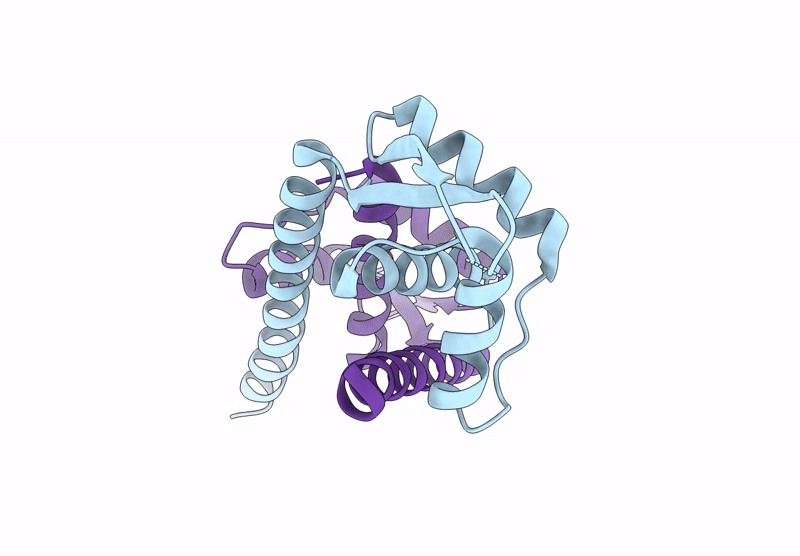
Deposition Date
2024-08-26
Release Date
2025-02-26
Last Version Date
2025-02-26
Entry Detail
PDB ID:
9GKR
Keywords:
Title:
Crystal structure of artificial enzyme LmrR_pAF variant RMH in crystal form 1
Biological Source:
Source Organism:
Lactococcus cremoris subsp. cremoris MG1363 (Taxon ID: 416870)
Host Organism:
Method Details:
Experimental Method:
Resolution:
2.55 Å
R-Value Free:
0.32
R-Value Work:
0.25
R-Value Observed:
0.26
Space Group:
C 1 2 1


